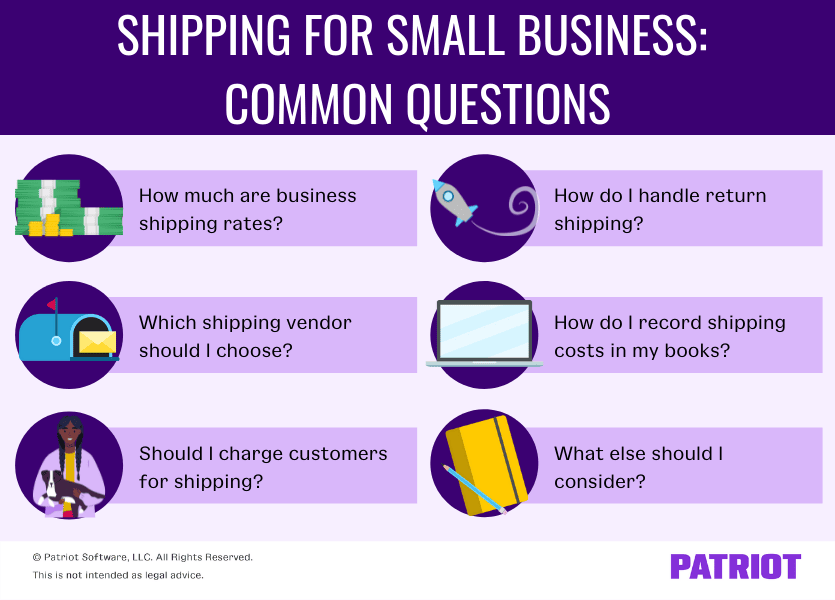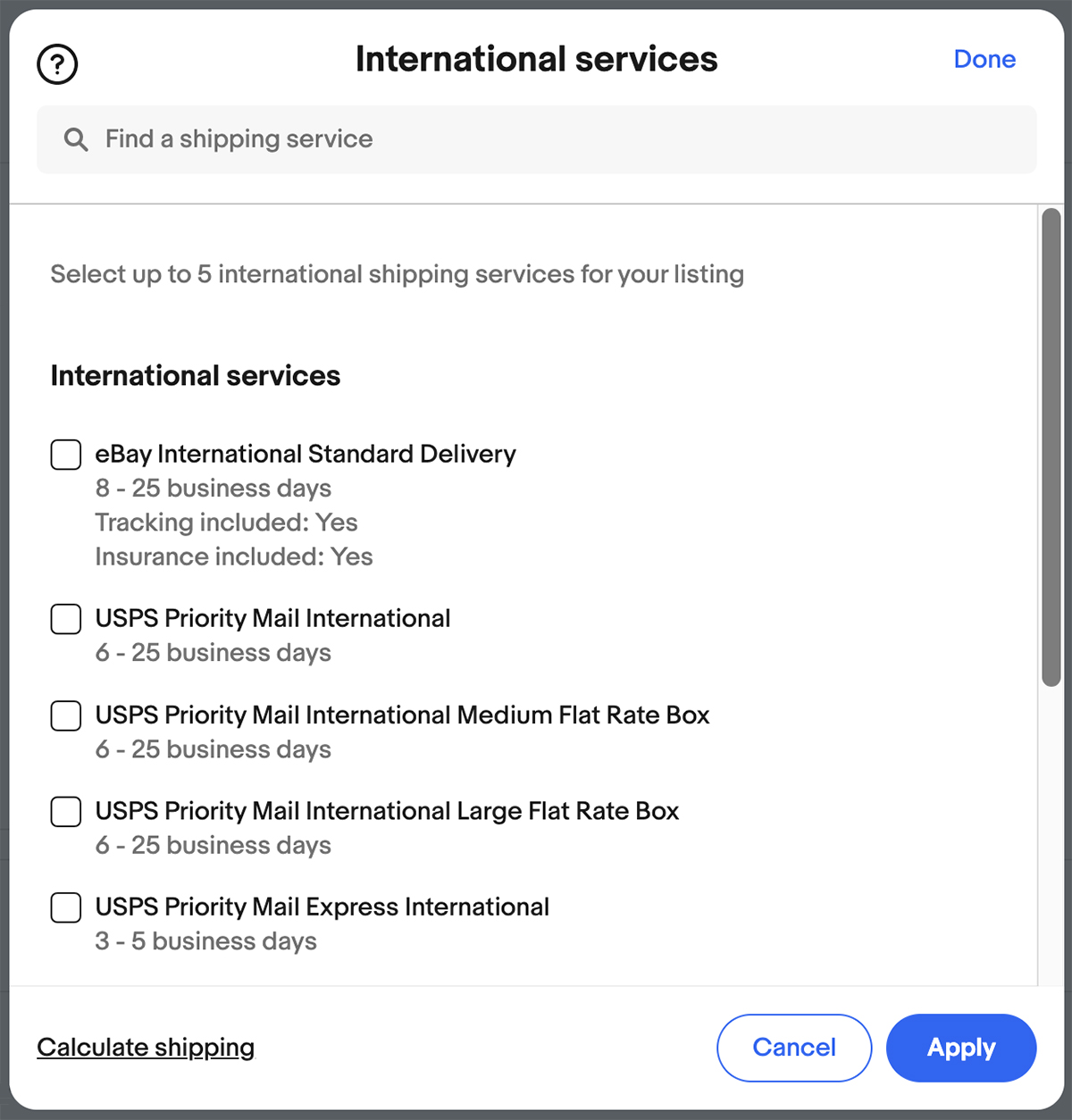Understanding Business Shipping Rates: A Comprehensive Guide

Source: patriotsoftware.com
Ever feel lost in the maze of shipping costs? It's tough figuring out the best rates, right? Don't worry, this guide will unravel the mysteries.
Introduction to Business Shipping Rates
Shipping is crucial for your business. (Without it, no products reach your customers!) Choosing the right method and calculating accurate rates can save you money. Proper planning is key for profitable shipping.
What are the factors that impact shipping rates?
- Distance of delivery.
- Size and weight of package.
- Shipping method chosen.
- Packaging materials used.
- Shipping destination country and region. (Import regulations may vary, always research destination countries to understand rules, and make informed decisions on shipments)
Understanding Different Shipping Methods

Source: ebay.com
Let's examine some common shipping options.
Express Shipping
- Fastest option for urgent deliveries. (Ideal for time-sensitive products and important orders).
- Expensive due to speed and quick delivery features.
Standard Shipping
- Less expensive than Express Shipping. (Most frequently used by companies)
- Takes more time for delivery. (Customers have an expectation to know delivery times beforehand).
Freight Shipping
- For bulky and heavy goods. (Expensive depending on amount to transport, very cost-effective for larger shipments, check for costs per item)
- Generally the slowest.
Shipping Carrier Comparisons: UPS, FedEx, USPS, etc.
Each carrier has different price structures. Some factors affecting the comparison between couriers are service types (speed and type), geographic area, and volume. Shipping costs should be based on requirements. (Consider comparing your shipping cost over time!)
Analyzing Your Business Needs
Questions to ask before you begin:
- How quickly do your customers need their items?
- What are the dimensions and weight of the average package? (Know your average dimensions for easier quoting on the appropriate shipping options).
- Where are your customers located? (Regional prices are different than local!)
- What is your annual shipping volume?
- What type of product do you offer?

Source: erpsoftwareblog.com
(Do you offer heavy items? Lightweight ones? The weight class needs to affect your choice of shipper)
Calculating Shipping Costs
A variety of online tools can help calculate accurate rates for individual shipments.
- Shipping calculators provided by the carriers: These tools give estimates that are very reliable.
- Third-party platforms: Some specialized platforms have built-in shipping calculations and help integrate multiple carriers.
Some key things to do before calculating shipping costs:
1. Decide which shipping methods fit best (consider your products).
2. Ensure you accurately measure packages and item weights. (An accurate reading is key for cost-effectiveness!).
These are useful steps that aid efficiency.
Minimizing Shipping Costs
Several strategies help save money on shipping:
- Bulk orders: If you often get similar-size orders, negotiating rates with your shipping partners can often decrease costs.
- Optimal packaging: Light packaging saves money. (Proper sizing is key, not to include bulky materials)
- Tracking services: Track to know precisely where products are going and understand delays.
(Important for business transactions to accurately fulfill the expectations and concerns of your consumers) - Delivery method based on customer needs: Not all methods fit every need.
Setting Your Shipping Prices for Maximum Profit
- Your shipping fees should account for various elements, ensuring profitable business.
- Calculate handling costs.
- Adjust based on distance.
Pricing strategy will vary (prices vary on product and type of packaging needed. It's better to consult with an expert for advice)
Common Shipping Terms and Phrases
Understanding terminology is important. Here's a summary of relevant phrases.
- Freight: (Heavy shipments).
- Customs: (International shipping needs thorough knowledge).
- Handling: (Adding to product price or per product/quantity handled for shipment)

Source: veeqo.com
Avoiding Shipping Errors
Here are a few key points for shipping errors avoidance:
- Check details accurately (Make sure to double-check).
- Validate recipient addresses (Always check before shipment. Saves unnecessary problems and frustration!)
- Review packaging materials to reduce costs and delays in handling
Choosing the Right Carrier
Factors to consider:
- Speed (Urgent or no-hurry requests)
- Cost (Bulk amounts vs individual shipments)
- Tracking options
- Insurance and additional services.
Adapting to Future Shipping Trends
Shipping solutions are rapidly changing (especially with changes in customer demands!)
- Automated Shipping
- Alternative Shipping Methods
(Look to see the trends before others to adapt your methods before changes affect you!)
Conclusion
Managing shipping is vital to running a successful business. (Knowledge of factors that impact shipping costs is critical). Learn the details of these aspects. Using helpful shipping calculators and careful cost analysis are keys for business profitability, along with adapting to new trends to sustain success. (Careful pricing, calculating, planning are all keys!) Understanding all these details and managing your shipping wisely helps businesses flourish. Choose your business practices carefully and choose options wisely.




